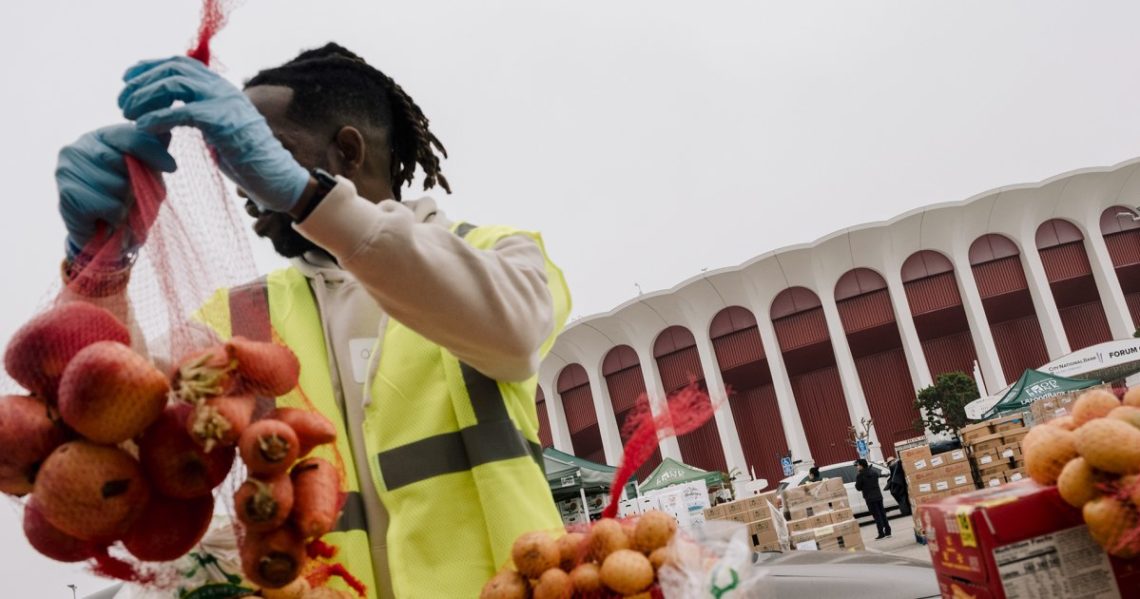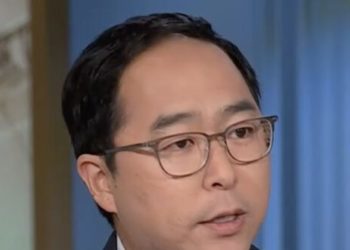After foodbanks and SNAP recipients spent weeks bracing for a suspension of federal food assistance, the benefits appeared to be partially salvaged on Monday. But the disruption is already wreaking havoc on the normally steadfast program.
The Trump administration on Monday agreed to partially fund the Supplemental Nutrition Assistance Program, also known as food stamps, after two court cases challenged the lapse in benefits. The administration said in a court filing that it will use $4.65 billion in contingency funds to cover about half of eligible households’ benefits this month. Beyond that, however, benefits are expected to run dry.
It’s the first time SNAP recipients will go without some of their benefits during a government shutdown. Funding for the program was supposed to renew on Saturday, so many people have already gone days without the money they were expecting. It’s still unclear how quickly electronic benefits cards will be reloaded — the process of getting money loaded onto the cards often takes states a week or more — and families don’t yet know the exact amounts they will receive.
For many, the SNAP suspension was one of the most feared outcomes of the shutdown: The prospect of losing grocery funds incited panic last week among many recipients, who lined up at food banks and began rationing what was left in their pantries. Politicians pointed fingers, with some state leaders scraping together emergency funds to fill the immense gaps. Misinformation swirled online, featuring racist tropes and fake videos.
Until Monday, the Department of Agriculture had said it could not legally use contingency funds to keep SNAP running during the shutdown, but a federal judge in Rhode Island on Friday ordered the Trump administration to release at least partial funding for SNAP.
For many recipients, partial benefits aren’t likely to last through the month — even with the full allotment, it’s common to run out before month’s end. Nearly 42 million Americans rely on SNAP assistance, and around 4 in 5 of these households include a child, an elderly person or someone with a disability.
Recipients across the country get their benefits at various points in the month, so not everyone has faced a shortfall yet. As the specter of hunger looms nationwide, at least nine governors have issued emergency declarations over the potential loss of benefits. California, Iowa, Nevada and West Virginia have readied their state’s National Guards to help distribute food. And roughly 30 states have freed up funds to support food banks or supplement the loss of SNAP benefits.
Democrats and Republicans have blamed each other for the SNAP chaos. The Trump administration has said Democrats could keep the funding from running dry by agreeing to a short-term measure that Republicans have already passed; that would keep SNAP, and the government, funded through Nov. 21. Democrats say Republicans need to take action on health care premiums that are going to skyrocket at the end of this year as part of any deal to end the shutdown.
The post SNAP recipients will get partial funds this month, as political infighting and misinformation swirl appeared first on NBC News.




